

![]() by Republique Nouvelle Navaraise » Wed Feb 07, 2018 3:27 am
by Republique Nouvelle Navaraise » Wed Feb 07, 2018 3:27 am

![]() by Radiatia » Wed Feb 07, 2018 4:00 am
by Radiatia » Wed Feb 07, 2018 4:00 am


![]() by Republique Nouvelle Navaraise » Wed Feb 07, 2018 4:09 am
by Republique Nouvelle Navaraise » Wed Feb 07, 2018 4:09 am
Radiatia wrote:
The hottest temperature ever recorded in Radiatia was 51°C (123.8°F) at Meramon, Detzertscha.
The coldest temperature ever recorded in Radiatia was -68°C (-90°F) at Baag, Polaris.
Temperatures in most parts of Radiatia are known to be extreme, with some places known to average 40°C (104°F) in Summer and -40°C (-40°F) in Winter. Excluding coastal regions and the Western States, rainfall is usually very low.(Image)

![]() by Radiatia » Wed Feb 07, 2018 4:12 am
by Radiatia » Wed Feb 07, 2018 4:12 am
Republique Nouvelle Navaraise wrote:Radiatia wrote:
The hottest temperature ever recorded in Radiatia was 51°C (123.8°F) at Meramon, Detzertscha.
The coldest temperature ever recorded in Radiatia was -68°C (-90°F) at Baag, Polaris.
Temperatures in most parts of Radiatia are known to be extreme, with some places known to average 40°C (104°F) in Summer and -40°C (-40°F) in Winter. Excluding coastal regions and the Western States, rainfall is usually very low.(Image)
Those are some amazing extremes, my nation's coldest temperature recorded was -16C and that was on a mountain 2800 above sea level and the hottest ever recorded temperature was 35C. The vast majority of the country has never gotten below -8C in winter.

![]() by Republique Nouvelle Navaraise » Wed Feb 07, 2018 4:17 am
by Republique Nouvelle Navaraise » Wed Feb 07, 2018 4:17 am
Radiatia wrote:Republique Nouvelle Navaraise wrote:
Those are some amazing extremes, my nation's coldest temperature recorded was -16C and that was on a mountain 2800 above sea level and the hottest ever recorded temperature was 35C. The vast majority of the country has never gotten below -8C in winter.
Tourist guides tend to warn that Radiatia is the land of "heatstroke and hypothermia".

![]() by Republique Nouvelle Navaraise » Wed Feb 07, 2018 5:11 am
by Republique Nouvelle Navaraise » Wed Feb 07, 2018 5:11 am
Gonddor wrote:Mediterranean in the south and more temperate in the north of Gondor. Gondor's woods are both leaf and needle, and mixed.

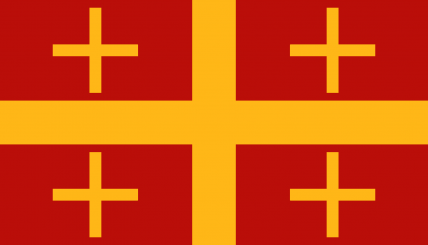
![]() by Topoliani » Wed Feb 07, 2018 8:44 am
by Topoliani » Wed Feb 07, 2018 8:44 am

![]() by Zhouran » Thu Feb 08, 2018 3:35 am
by Zhouran » Thu Feb 08, 2018 3:35 am
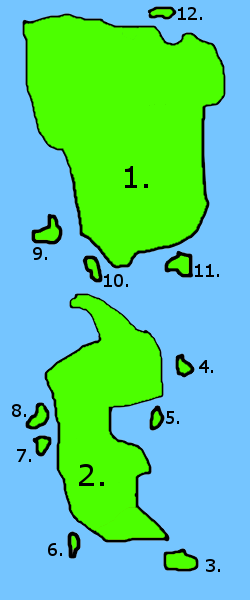
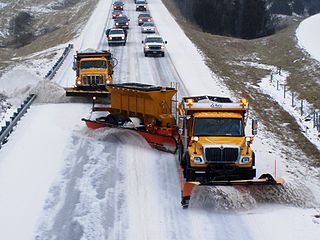




![]() by Fatatatutti » Thu Feb 08, 2018 9:47 am
by Fatatatutti » Thu Feb 08, 2018 9:47 am

![]() by Kenmoria » Tue Feb 13, 2018 3:05 am
by Kenmoria » Tue Feb 13, 2018 3:05 am

![]() by Arthropol » Tue Feb 13, 2018 3:14 am
by Arthropol » Tue Feb 13, 2018 3:14 am

![]() by Olthar » Tue Feb 13, 2018 3:45 am
by Olthar » Tue Feb 13, 2018 3:45 am

![]() by Aztlanta » Fri Feb 23, 2018 6:59 pm
by Aztlanta » Fri Feb 23, 2018 6:59 pm
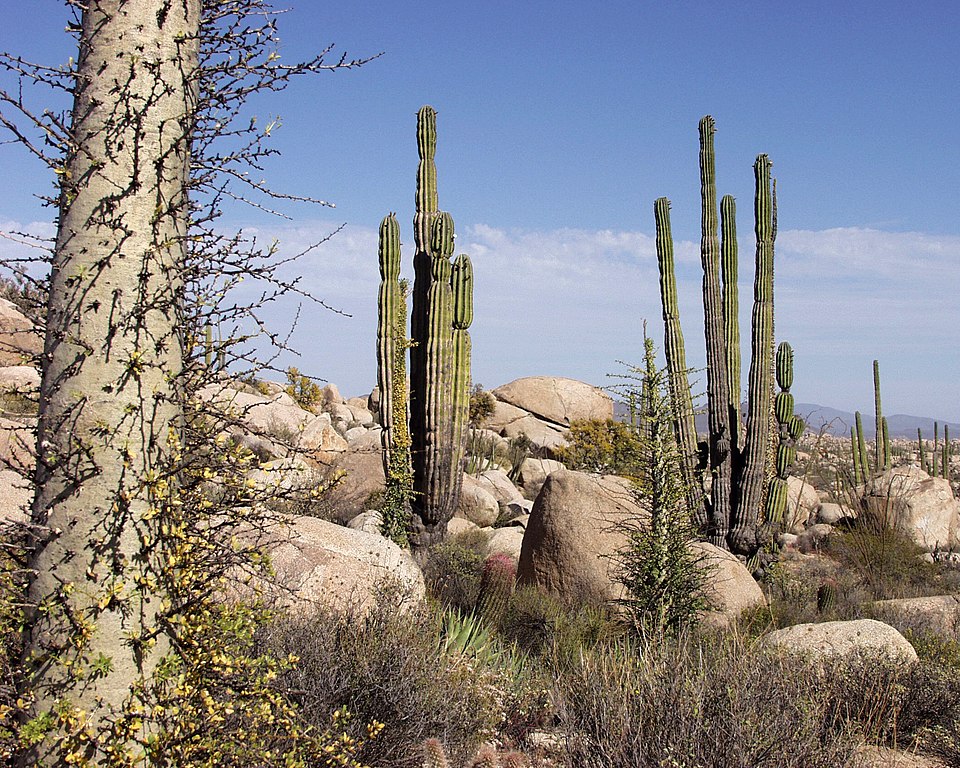
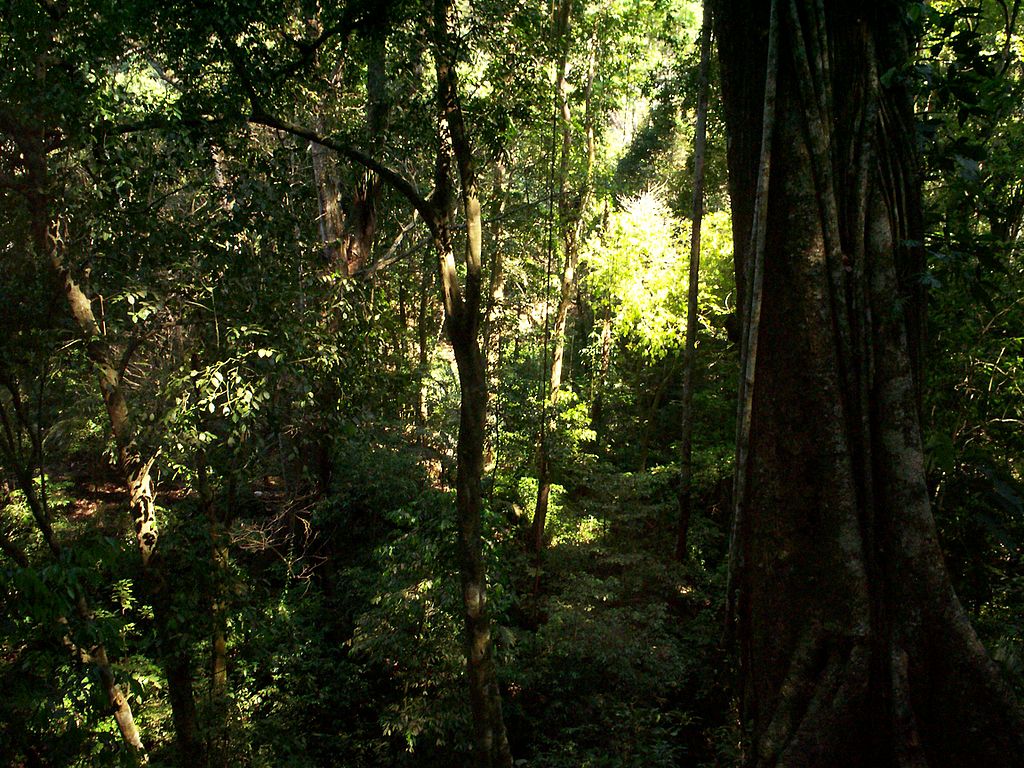
The Federation of AZTLANTA
A socialist nation consisting of Mexico, California, and Central America, set in an alternate timeline in which Native American civilizations remained mostly isolated from colonial influence.
Aztlanta was founded by the Aztec peoples, and have since become a major player in global politics.

![]() by AHSCA » Fri Feb 23, 2018 7:29 pm
by AHSCA » Fri Feb 23, 2018 7:29 pm

![]() by Midand » Fri Feb 23, 2018 8:01 pm
by Midand » Fri Feb 23, 2018 8:01 pm

![]() by Great Chota » Fri Feb 23, 2018 10:13 pm
by Great Chota » Fri Feb 23, 2018 10:13 pm

![]() by Hylia Magna » Sat Feb 24, 2018 10:52 pm
by Hylia Magna » Sat Feb 24, 2018 10:52 pm

![]() by Cekoviu » Sat Feb 24, 2018 11:01 pm
by Cekoviu » Sat Feb 24, 2018 11:01 pm

![]() by Higonist » Sat Feb 24, 2018 11:03 pm
by Higonist » Sat Feb 24, 2018 11:03 pm

![]() by The Islands of Versilia » Sun Feb 25, 2018 4:34 am
by The Islands of Versilia » Sun Feb 25, 2018 4:34 am

![]() by Hippie Kiwis » Tue Feb 27, 2018 9:36 am
by Hippie Kiwis » Tue Feb 27, 2018 9:36 am

![]() by British Dominions » Tue Feb 27, 2018 12:48 pm
by British Dominions » Tue Feb 27, 2018 12:48 pm
Advertisement
Return to Factbooks and National Information
Users browsing this forum: A m e n r i a, Marquesan, Yahoo [Bot]
Advertisement